
fitness tréner
“The Australian pull-up is an exercise for developing the muscles of the upper body. It is designed to work the broadest muscles of the back, but in addition to them, it works the double-headed shoulder muscles, posterior deltoids, large round and rhomboid muscles, as well as the lower back and abdominal muscles.”
The exercise will benefit beginners and experienced lifters alike. Just choose the right height for your fitness level. A high bar is suitable for beginners, as the load on the muscles is less, and a low bar will allow you to load the muscles more strongly – this option is more advantageous for experienced athletes.
Australian pull-ups allow you to choose which muscles to emphasize. For example, a narrow reverse grip more strongly engages the biceps of the shoulder, and a straight wide grip more strongly loads the broadest muscles of the back. If you perform the exercise with a narrow straight grip, the shoulder muscles are more strongly engaged.
Benefits of Australian pull-ups on the bar
Strong back and arm muscles. Australian pull-ups are biomechanically an effective exercise for developing the broadest muscles of the back, as well as helping to maintain good posture and overall spinal health. Strong arm muscles make it easier to perform many household tasks.
Increased strength endurance. Australian pull-ups can be performed for a high number of repetitions. This will improve the level of strength endurance and increase resistance to exercise.
Improved joint health. Through physical movement, the joint becomes more mobile and the exchange of nutrients within the joint is improved. This helps to keep them healthy. It is important to follow the technique and give moderate loads.
The coordination of movements is improved. When performing Australian pull-ups, you need to control your body and its movements, which helps to improve coordination and balance. This will be especially helpful in developing coordination in children.
Improved fitness and overall health. This type of pull-ups helps to improve fitness, strengthen muscles and improve health. During the exercise, blood circulation increases, muscles are more saturated with oxygen and nutrients, which has a positive effect on well-being.
Auxiliary exercise for pull-ups. Australian pull-ups can be used as a sub exercise for classic pull-ups. Firstly, the CNS, ligaments, muscles and tendons will be ready for the load. Secondly, you will develop the habit of breathing correctly: exhale – pull the body to the bar, inhale – lower the body down.
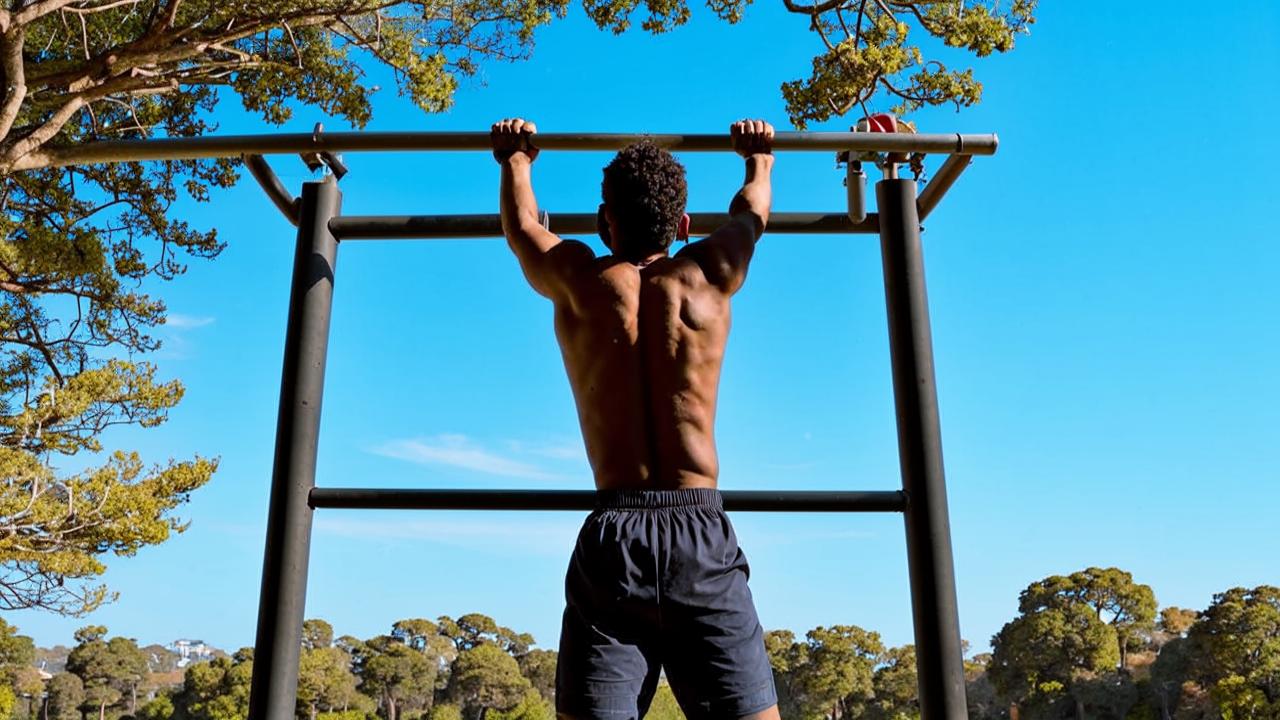
Technique of performing Australian pull-ups
There are several techniques. It depends on the goals and objectives of training and the level of fitness of the athlete. Let’s talk about the technique of the classic version of Australian pull-ups.
Find a low bar about a meter high. A Smith trainer will be ideal, as you can adjust the distance you need.
- Grip the bar with a straight grip at shoulder width. Your body is under the bar and your feet are resting with your heels on the floor. You don’t need to throw your head back.
- The back is flat, with a slight bend in the lower back. The shoulder blades are down and brought together, and the chest is pushed forward. The abs and buttocks are tense.
- As you exhale, pull the body to the bar, bend the arms at the elbows and take them behind the back. Make a short pause.
- On the inhale smoothly straighten the arms at the elbow and lower the body to the starting position.
Perform three approaches of 10-12 times depending on your level of fitness. Rest between approaches – one to two minutes.
How to perform Australian pull-ups effectively and safely?
Learn the correct technique. Learn the foot placement, the difference between the forward and reverse grip, the difference between wide and narrow hand placement, and breathing technique. This will help you to use the exercise more effectively.
Study with a trainer. Even the most experienced athletes and the best doctors who know everything about training and health, prefer to train under the control of an instructor. This will help you avoid injury and continually progress in your results.
Use a warm-up. Apply this rule to all exercises. Warming up will prepare the body for the necessary training condition. It enhances the effect of the workout and reduces the risk of injury. Do five to seven minutes of light exercises for the upper body, and then proceed to the main part.
Build the training process properly. Use the principle of gradualism and periodization. At the first sessions perform simple elements, and then move on to more complex ones, dividing training cycles into stages. For example, the first week of training to increase muscle mass – 10-15 repetitions, less load, the second week of training for strength – four to eight repetitions, more load.
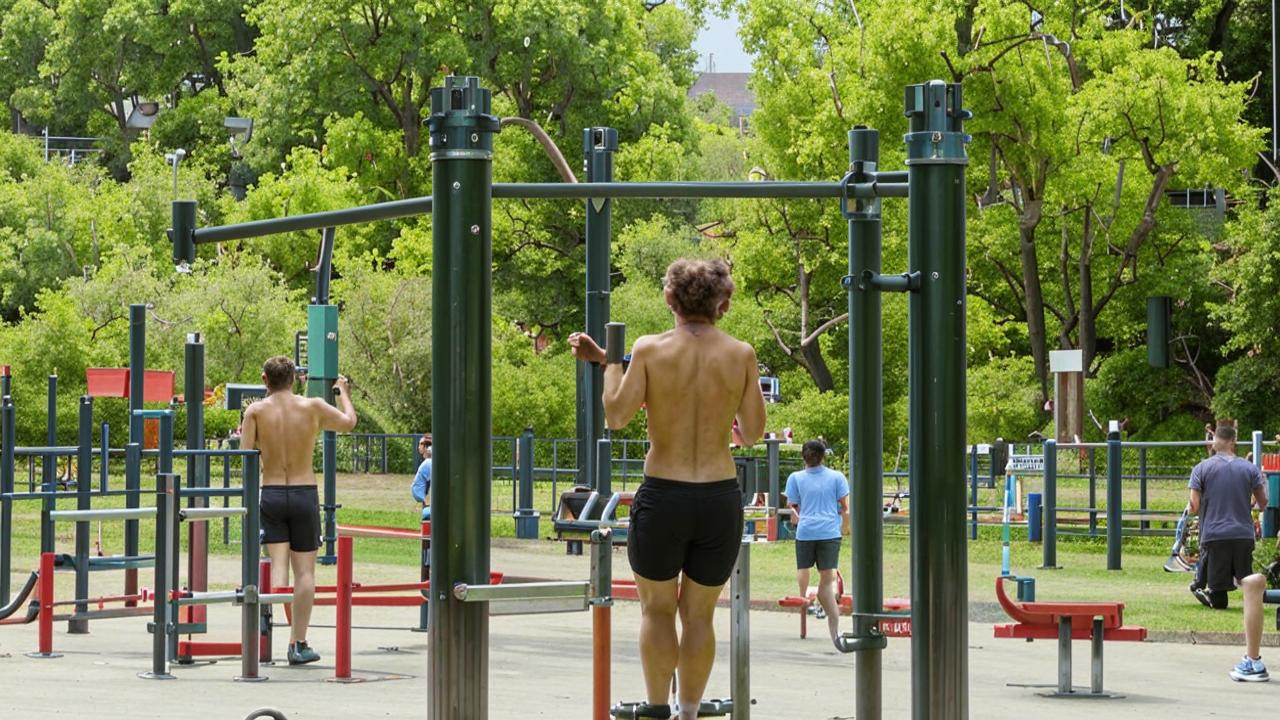
Contraindications and recommendations
Before training, it is recommended to consult a doctor if you have cardiovascular diseases, spinal diseases, injuries to the musculoskeletal system, recently undergone surgery and other diseases.
Shoulder Injuries. When exercising on the horizontal bar and bars, the shoulder joint is loaded. If your joint is healthy, it will tolerate the work normally. If you have untreated injuries, you may get aggravation in the form of pain and deterioration of sports performance.
Back and neck pain. If you have pain in the cervical, thoracic and lumbar spine, training can be harmful. Sometimes hanging from the bar will increase lumbar flexion or overstretch the neck, resulting in discomfort.
Limit performing Australian pull-ups if you have:
- infections, high body temperature;
- exacerbation of chronic diseases and neurological diseases;
- acute pain.
Training program for a beginner
The optimal number of workouts is two to three times a week. Experienced athletes need more sessions compared to beginners to maximize the effect.
Fullbody training program
We will engage the muscles of the entire body with four exercises. Perform them in the written sequence.
- Number of warm-up approaches: one or two.
- Number of working approaches: three.
- Rest time between approaches: one to two minutes.
- Rest time between exercises: two to three minutes.
Day 1
- Push-ups or push-ups from the knees. The first two warm-up approaches for five to seven repetitions. Then perform three approaches for 10-15 repetitions.
- Press curls. Perform three approaches for 10-15 repetitions.
- Australian pull-ups. Use a straight grip at shoulder width. The first warm-up approach for five to seven repetitions. Then perform three approaches for 10-15 repetitions.
- Squats. The first warm-up approach for 7-10 reps. Then perform three approaches for 15-20 repetitions.
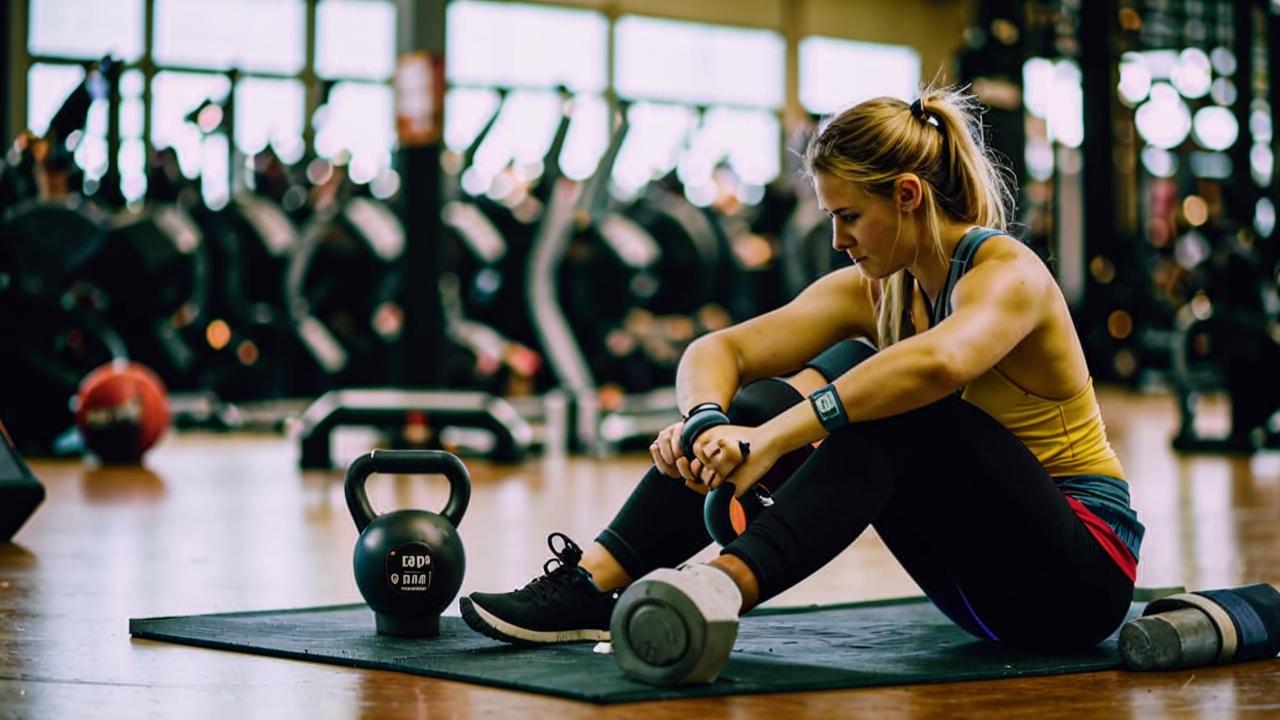
Day 2
- Australian pull-ups with narrow grip. Use a narrow reverse grip. First two warm-up approaches for five to seven repetitions. Then perform three approaches for 10-15 reps.
- Curls on the abs. Perform three approaches for 10-15 repetitions.
- Gluteal bridge. The first warm-up approach for 10 reps. Then perform three approaches for 15-25 reps.
- Push-ups or push-ups from the knees. First warm-up approach for five to seven repetitions. Then perform three approaches for 10-15 repetitions.
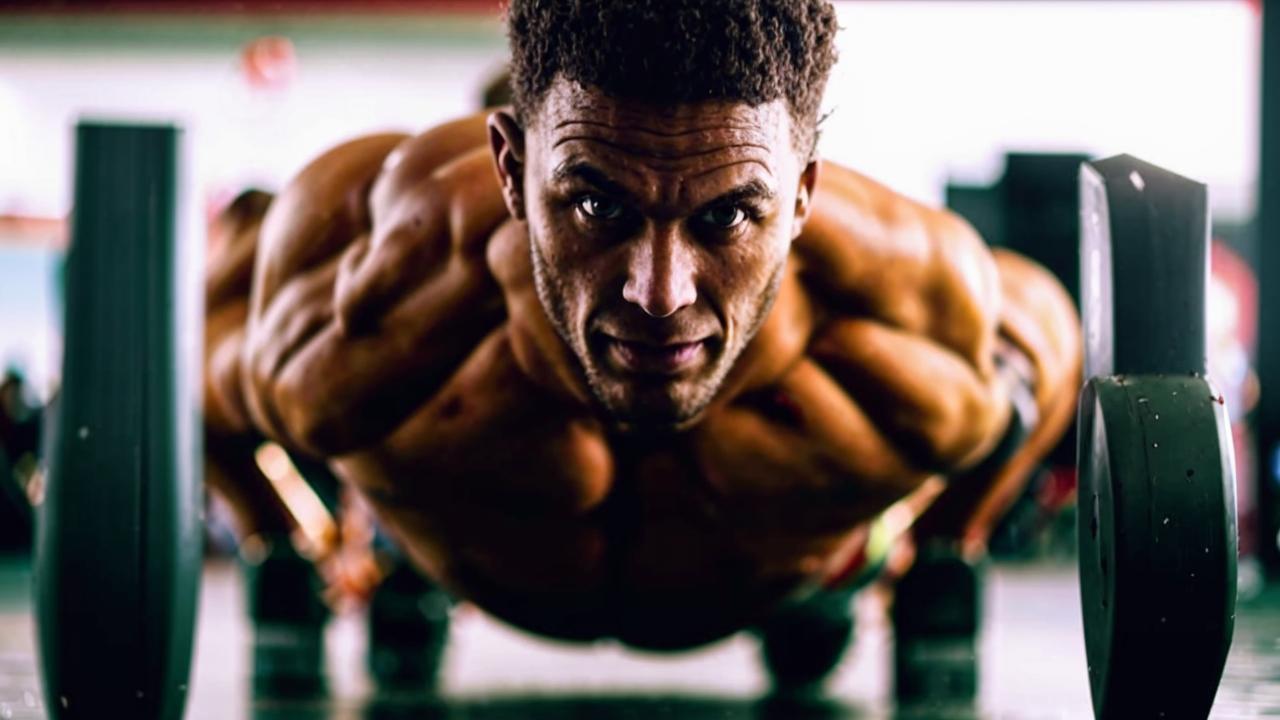
Day 3
- Lunges. First two warm-up approaches for five to seven reps. Then perform three approaches for 10-15 repetitions.
- Curls for abs. Perform three approaches for 10-15 repetitions.
- Australian pull-ups. Use a reverse grip at shoulder width. The first warm-up approach for five to seven repetitions. Then perform three approaches for 10-15 repetitions.
- Bench push-ups. We use a narrow setting of the hands. The first warm-up approach for five to seven repetitions. Then perform three approaches for 10-12 repetitions.
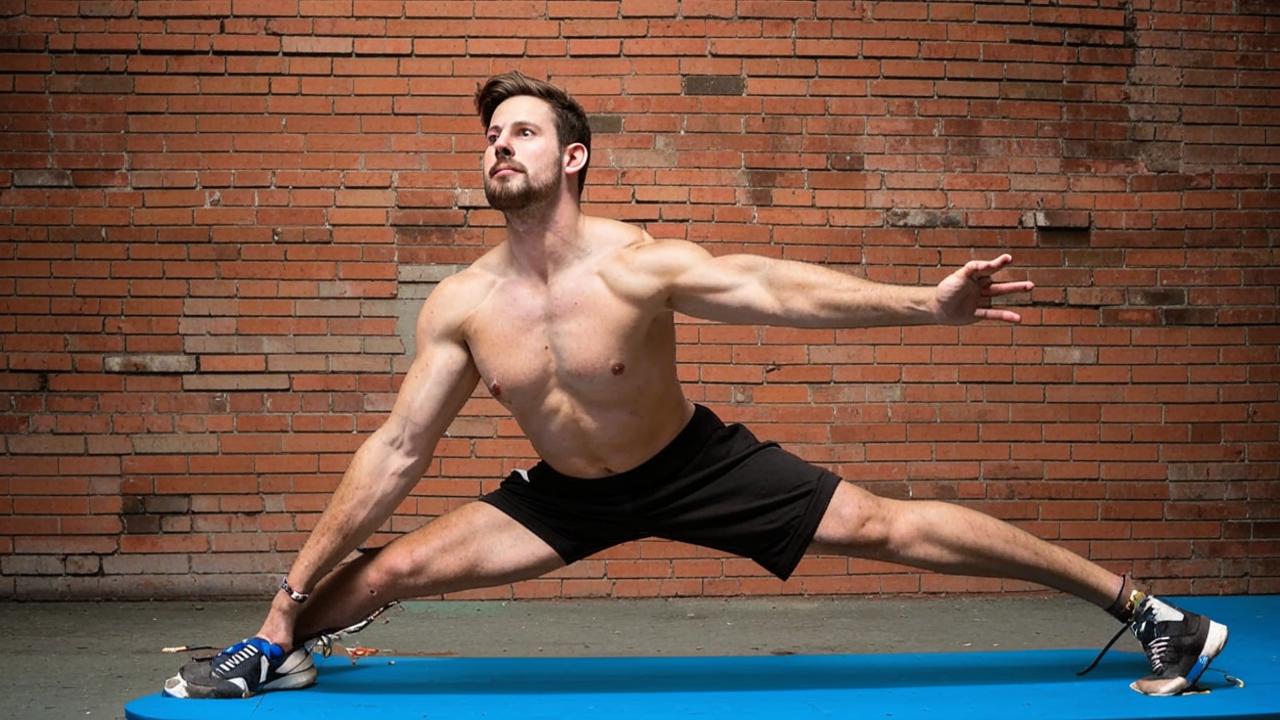
Arm strength test for women using Australian pull-ups
With the help of Australian pull-ups, you can assess the strength abilities of women according to the standards of the GTO complex. Perform the exercise for the maximum number of times. Below is a table with age and repetition standards.







